先看看结果吧,去bilibili上拿到的图片=-= 第一步,导入模块 import requestsfrom bs4 import BeautifulSoup requests用来请求html页面,BeautifulSoup用来解析html 第二步,获取目标html页面 hd = {'user-agent'
先看看结果吧,去bilibili上拿到的图片=-=
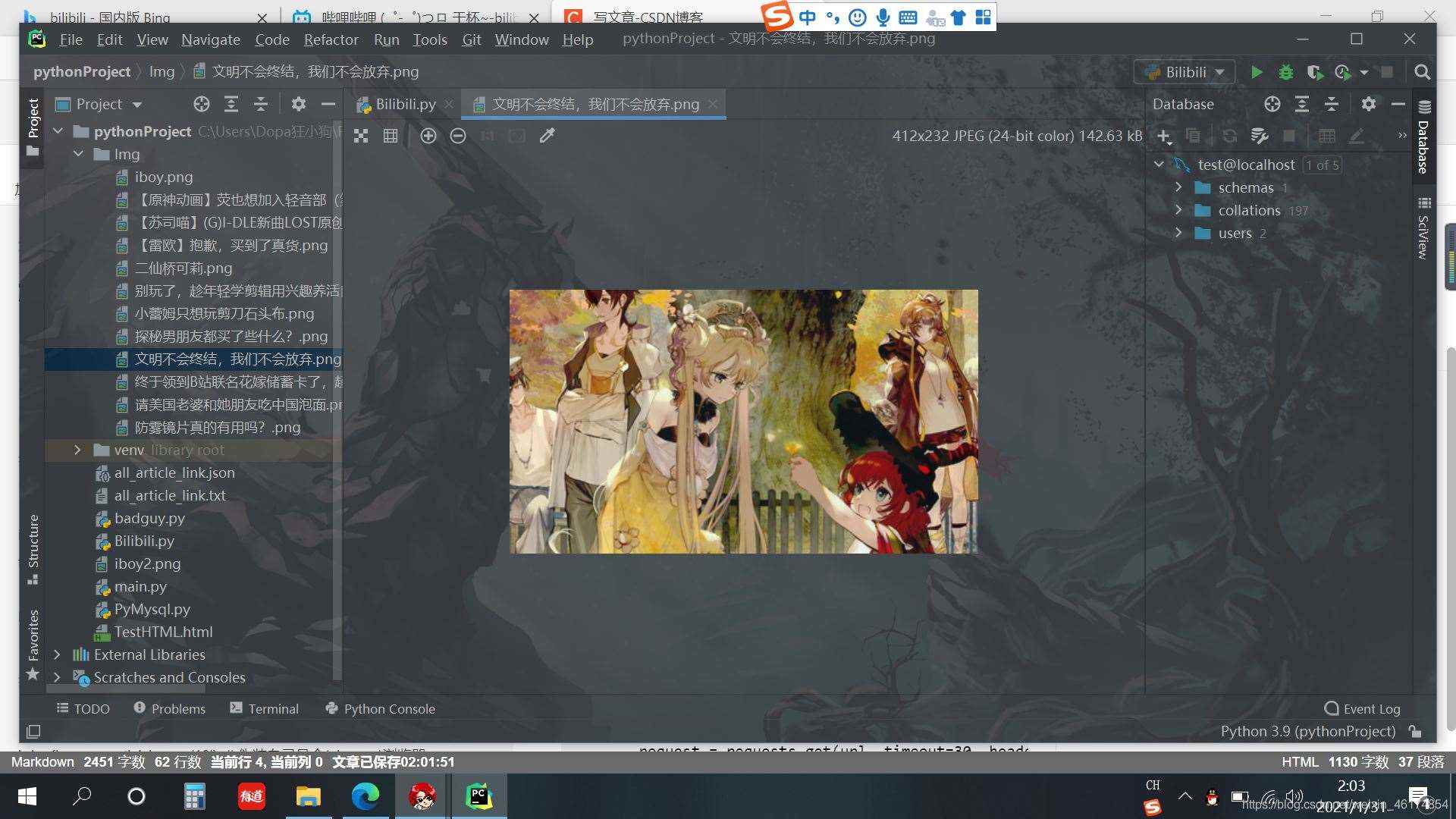
第一步,导入模块
import requests from bs4 import BeautifulSoup
requests用来请求html页面,BeautifulSoup用来解析html
第二步,获取目标html页面
hd = {'user-agent': 'chrome/10'} # 伪装自己是个(chrome)浏览器=-=
def download_all_html():
try:
url = 'https://www.bilibili.com/' # 将要爬取网站的地址
request = requests.get(url, timeout=30, headers=hd) # 获取改网站的信息
request.raise_for_status() # 判断状态码是否为200,!=200显然爬取失败
request.encoding = request.apparent_encoding # 设置编码格式
return request.text # 返回html页面
except:
return ''
第三步,分析网站html构造
1、显示网站html代码

2、找到图片位置

3、分析
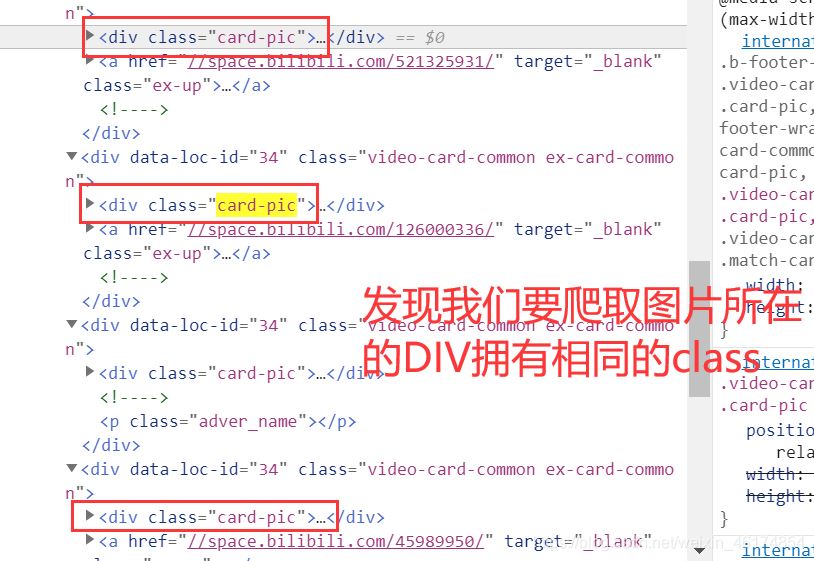
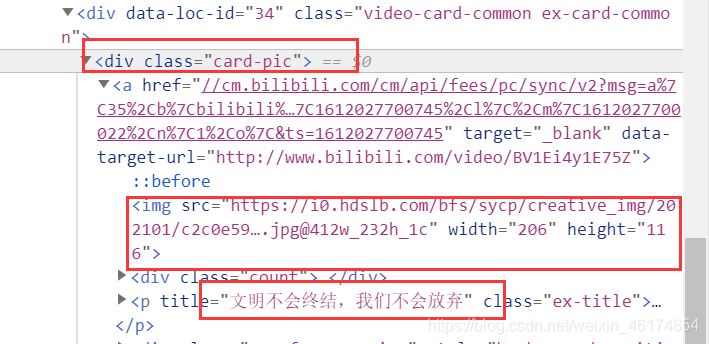
第四步,直接上代码注释够详细=-=
def parse_single_html(html):
soup = BeautifulSoup(html, 'html.parser') # 解析html,可以单独去了解一下他的使用
divs = soup.find_all('div', class_='card-pic') # 获取满足条件的div,find_all(所有)
for div in divs: # 瞒住条件的div有多个,我们单独获取
p = div.find('p') # 有源代码可知,每个div下都有一个p标签,存储图片的title,获取p标签
if p == None:
continue
title = p['title'] # 获取p标签中的title属性,用来做图片的名称
img = div.find('img')['src'] # 获取图片的地址
if img[0:6] != 'https:': # 根据源代码发现,有的地址缺少"https:"前缀
img = 'https:' + img # 如果缺少,我们给他添上就行啦,都据情况而定
response = requests.get(img) # get方法得到图片地址(有的是post、put)基本是get
with open('./Img/{}.png'.format(title), 'wb') as f: # 创建用来保存图片的.png文件
f.write(response.content) # 注意,'wb'中的b 必不可少!!
parse_single_html(download_all_html()) # 最后调用我们写的两个函数就行啦,
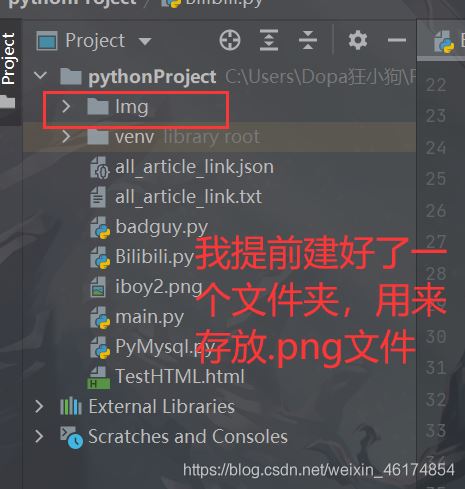
查看结果
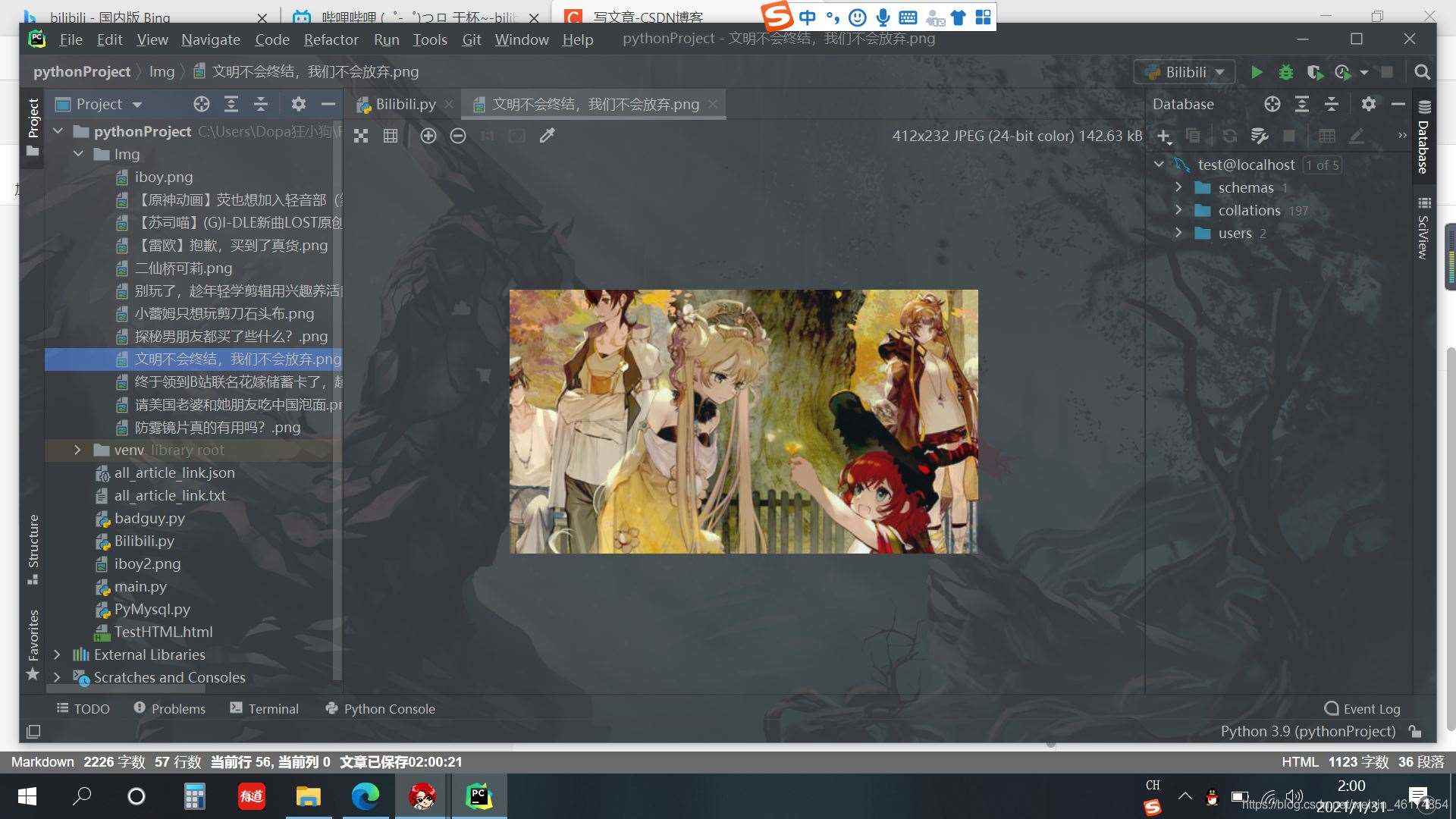
到此这篇关于Python爬取网站图片并保存的实现示例的文章就介绍到这了,更多相关Python爬取图片保存内容请搜索易盾网络以前的文章或继续浏览下面的相关文章希望大家以后多多支持易盾网络!
